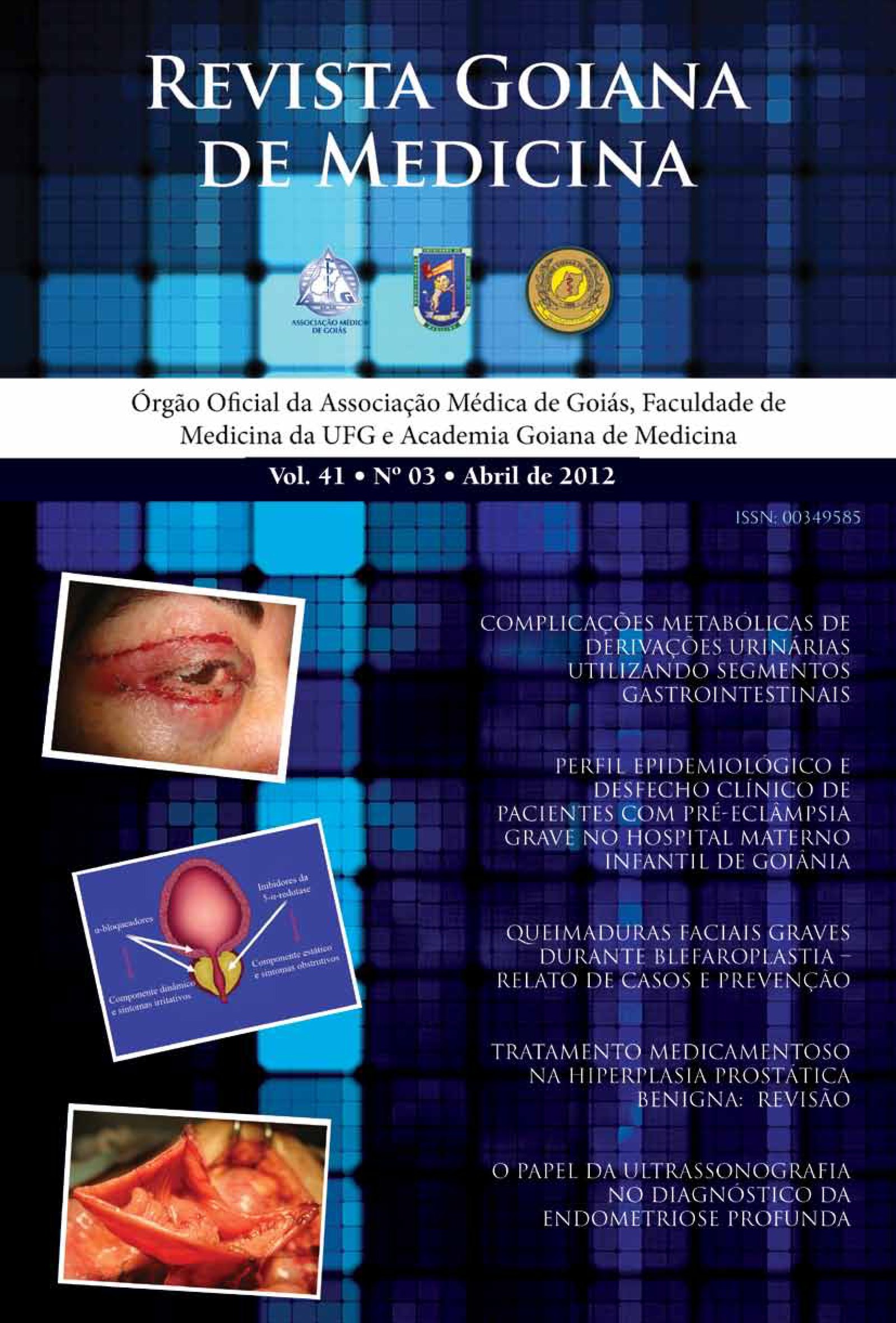Epidemilogical profile and outcome of patients with severe preeclâmpsia
Keywords:
pre-eclâmpsia, eclâmpsia, maternal outcomeAbstract
INTRODUCTION: To describe the epidemiology, evolution and outcome until discharge of patients hospitalized with severe preeclâmpsia (SPE) in Hospital Materno Infantil of Goiânia (HMI-Go), from June 2009 to July 2010.
OBJECTIVE: To review the literature published over the past decade with reference to the umbilical cord cysts and their implications for the fetus.
METHODOLOGY: Retrospective and prevalence study.Data was obtained from medical records and studied the variables related to general characteristics, pregnancy, co morbidities and evolution of patients. The average age was calculated with 95% CI and p <0.05. Results: We analyzed 303 cases of SPE, 9.1% of admissionsin the HMI-Go during the period. The average age of patients was 25.6 + / - 8.8 years, 85.8% are pregnant, 47.4% had comorbidies. Regarding obstetric characteristics, 58.7% were primiparous, 96.3% did not attend antenatal care in the HMI-Go, 54,6% had ≥ 6 antenatal visits and 90% had a gestational age <37 weeks. Regarding the clinic presentation of SPE cases, 22.8% had eclâmpsia, superimposed SPE in 12.5%, 14.2% developed HELLP syndrome. Regarding complications: 10.7% had bleeding, in 11,5% occurred other complications such as trompocitopenia (31.4%), acute pulmonary edema and / or acute renal failure (22.9%), 74% had severity management conditions, 19 patients (6.3%) met the criteria of Near Miss and six deaths occurred, performing a specific MDR of 237.4 / 100,000 live births. However, clinical outcome was favorable in most cases, since 95.7% of patients were discharged.
CONCLUSION: The studied SPE profile was similar to those described in other Brazilian studies. The occurrence of complications was high. Despite the favorable outcome in most cases, the specific MDR was 237/100.000 live births.


